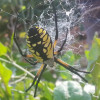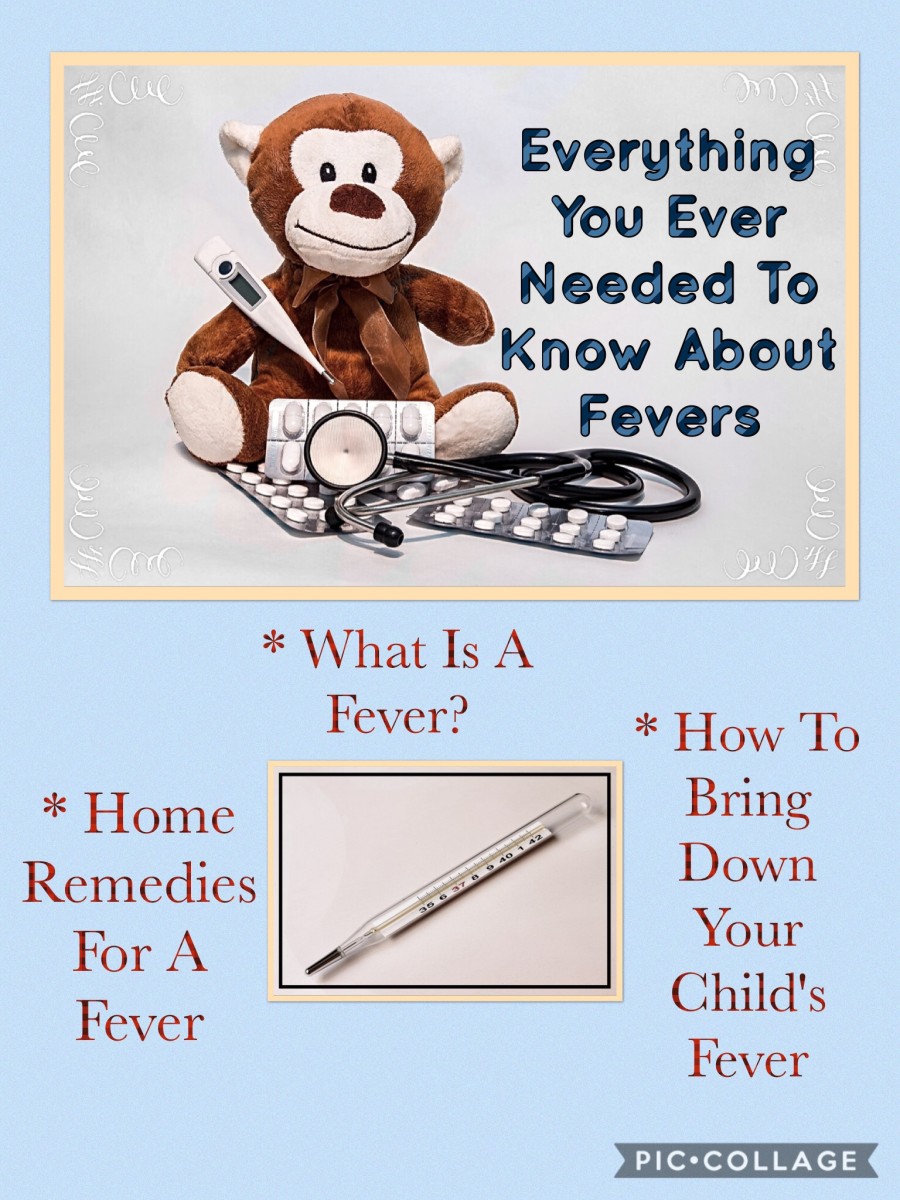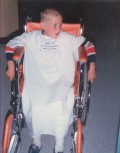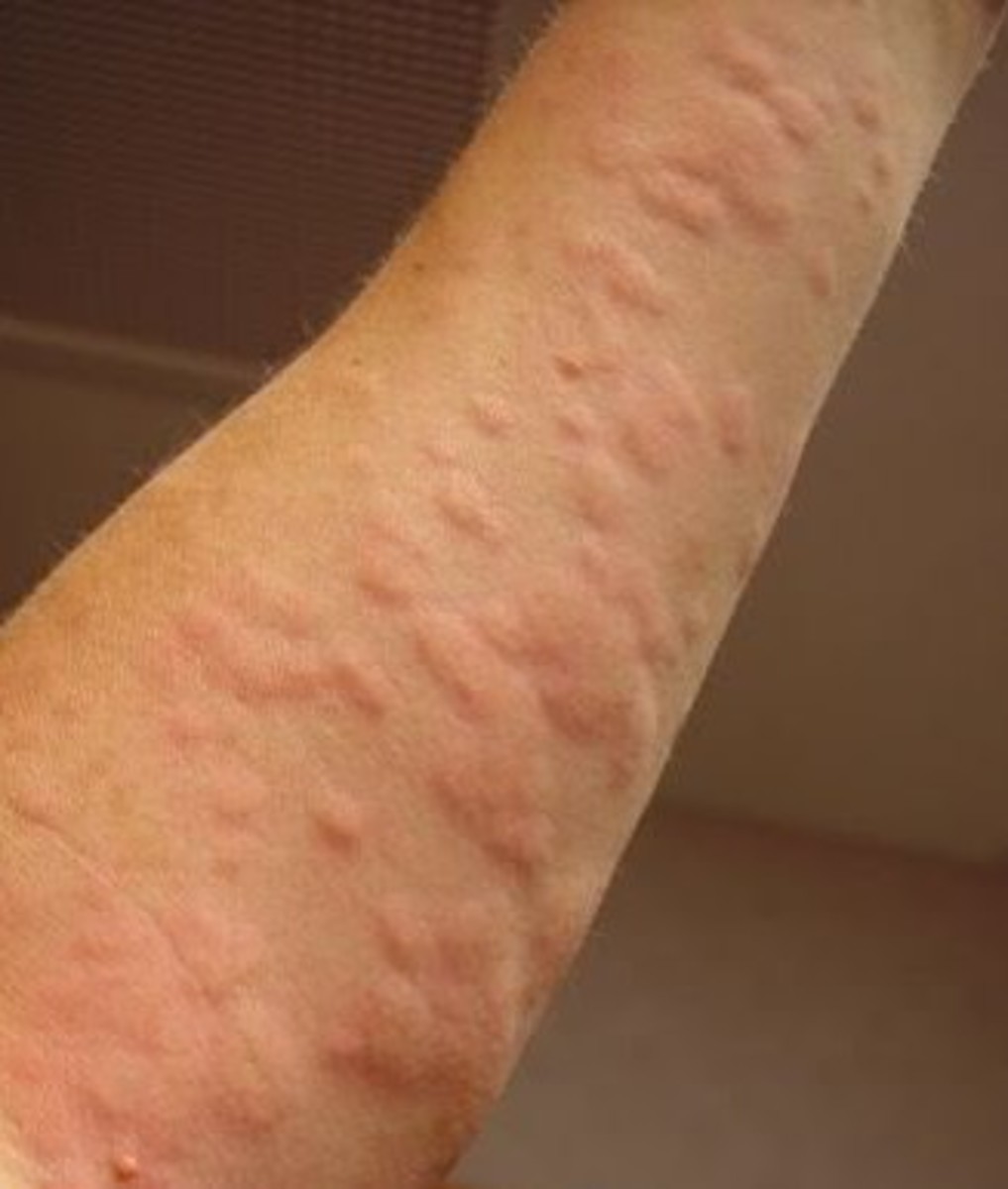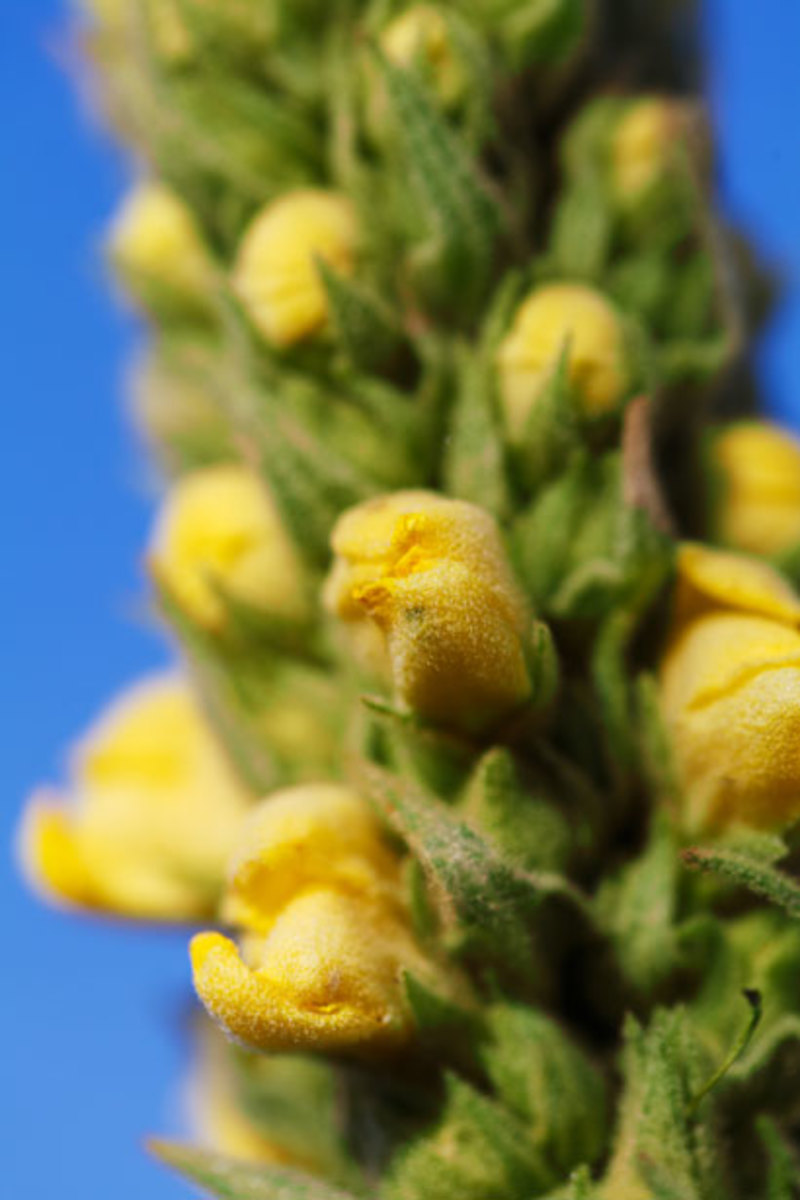- HubPages»
- Health»
- Alternative & Natural Medicine»
- Herbal Remedies
How to Cure Fevers, Plus a List of Danger Signs
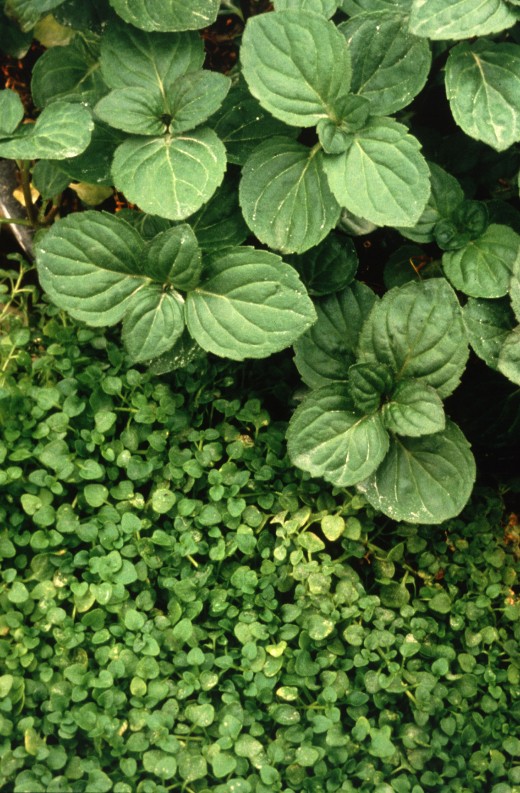
If you are treating a fever—especially if it’s a high fever or a child’s fever—you may be beside yourself with worry, so I’ll start off with basic guidelines.
Recognizing a Dangerous Fever
How high a temperature is too high?
- Above 100.4 F (38 C) in infants 2 months of age or younger
- Above 101 F (38.3 F) in infants 2-3 months of age
- Above 103 F (39.4 C) that are non-responsive to fever-reducing medications
- A temperature above 106, in adults, is a medical emergency.
- Brain damage does not occur in adults until a temperature reaches 107.
What are the danger signs you should watch for, especially in children?
1. Heat Stroke Masked as Fever
Heat stroke is caused by conditions of surrounding heat, not internal temperature. Never leave a baby unattended in a vehicle, or overdressed in high heat conditions. Heat stroke is an emergency condition and requires immediate medical attention. According to the American Academy of Pediatrics, in cases of fever above 105 F (40.5 C), fever should be reduced immediately by sponging, fanning, and removal to a cool place. After the baby or child has been cooled, he should be taken immediately to the emergency room.
2. Meningitis
Meningitis is an extreme life and death emergency condition, though rare. If your child has a number of the following symptoms, especially a stiff neck or refusal to look down, go immediately to the emergency room, do not wait to call or page your doctor. Its symptoms are:
- Stiff neck and back, or pain when attempting to look down
- Aversion to bright lights
- Severe headache, high fever, and vomiting
- Purple rash that doesn’t fade when the bottom of a glass is pressed against it
- Drowsiness and confusion
3. Extreme Lethargy, Limpness or “Floppiness”
More than just a sleepy baby or child, this means inability to make eye contact and lack of response to your voice. A limp and lifeless baby can be a sign of extreme dehydration and requires immediate medical attention. Always hydrate your baby or child well with lots of clear liquids in case of fever, vomiting, or diarrhea.
4. Croup
Croup is a viral infection causing swelling in the vocal chords and difficulty breathing. According to Dr. Sears, moderate to extreme cases of croup may require an immediate trip to the emergency room, mild cases can be treated at home followed by a visit to your doctor in the morning. Symptoms of croup include:
- Fever
- A barky cough and a hoarse voice
- A harsh, whoopy gasping sound on breathing in (stridor)
5. Signs of Respiratory Distress
Call or page your doctor if any of the following symptoms are present:
- Shortness of breath
- Moderate to severe wheezing
- Rapid breathing
- Chest pains
6. Dangerously High Fever
Certain high fevers merit an immediate call to your doctor to assess the situation and discuss your child’s behavior and symptoms accompanying the fever. They are:
- Fevers above 100.4 F (38 C) in infants 2 months of age or younger
- Fevers above 101 F (38.3 F) in infants 2-3 months of age
- Fevers above 103 F (39.4 C) that are non-responsive to fever-reducing medications
7. Febrile Seizure
Febrile convulsions can occur in babies with a fever. They are almost always harmless, but they still warrant a call to your doctor to be sure of their cause. Your child may stiffen, twitch and roll her eyes and will be unresponsive for a short time, usually less than one minute but possibly up to fifteen. (It’s pretty scary!) Contact your pediatrician and follow his or her recommendations.
8. Extreme Ear Pain
Beyond minor discomfort, extreme ear pain may indicate signs of an ear infection and warrants a diagnosis by your health practitioner at their office.
Be aware, however, that studies have determined that ear infections (otitis media) are often self-limiting and that antibiotics may be not only unnecessary but damaging in the long term. In double-blind, controlled trials by Dr. R. Damoiseaux, antibiotics were found to provide no benefit over placebo after four days.
And, once antibiotics are given, the likelihood of future infection is increased. Per Damoiseaux: “We found that 54% ofchildren receiving placebo did not have another episode, versus36% of those who received amoxicillin.” Dr. Damoiseaux’s recommendations for a “wait and see” approach have now been corroborated in a study by David Spiro and colleagues published in the Journal of the American Medical Association.
Home Treatment for Non-Dangerous Fevers
Now that you’ve established that your child or adult patient’s fever is just an old run-of-the-mill case of whatever is going around, here are some tried-and-true, and mostly natural home treatments for fevers:
Aspirin or Tylenol (acetaminophen): Obviously, this is not a “natural” approach. But I would never withhold these pain and fever relievers, especially in the case of a child.
Since the 1970s, parents have been advised never to give aspirin to children under the age of 19, because of the risk of Reyes Syndrome. There is no such advisory for adults. So…. What do I think about this?
Forbes reported on a study of acetaminophen, published in the journal, Hepatology (December 2005) noted that “Overdosing on acetaminophen is now the most common cause of acute liver failure in the United States, accounting for at least 42 percent of all cases seen at liver centers.” Acetaminophen-related liver failure has a 30% death rate. Acetaminophen overdose may occur because it is included in many over-the-counter medications. Hence, anyone taking Tylenol together with another such medication risks overdose, so if you are giving your patient Tylenol along with some other medication, read the label, being careful not to inadvertently double up on the Tylenol dose.
According to William M. Lee, MD, of the University of Texas Southwestern Medical Center, “Acetaminophen overdose is the leading cause for calls to Poison Control Centers (more than 100,000 /year); it accounts for some 60,000 emergency room visits annually.” So use even Tylenol with care.
My opinion? I think the risk of Reyes Syndrome from aspirin is minuscule, and the risk of liver failure from Tylenol is also minuscule, if one takes the precaution of reading labels—and using the product as directed: Every four hours.
Normally, most parents will prefer to avoid giving children aspirin and give Tylenol instead. But, back in the day, if you could not bring a child’s fever down by giving Tylenol every four hours, the child was given alternating doses of Tylenol and aspirin. That is, you gave Tylenol, and if that didn’t bring the temp down, you gave aspirin two hours later. Then you gave Tylenol two hours after that, and so on. This is the procedure moms followed if a child’s temp was high but not dangerously so, and Tylenol wouldn’t bring it down.
Most people may prefer to use this approach only when treating fevers in adults. People used this approach in the past because it was effective.
Herbal substitutes for aspirin
White willow bark is perhaps the best known of the herbal substitutes for aspirin, containing salicin. All herbs containing salicin come with the same caveats as aspirin, if one is considering giving them to children. White willow bark preparations are bitter, and it may take several cups to equal the effects of two aspirin. This is perhaps best given to adults, who are more likely to tolerate the taste and are better able to decide how much to take.
Meadowsweet (filipendula ulmaria) is another herb containing salicylates, and hence the same caveats as aspirin, but it is pleasant tasting, and its salicylates are in a form that does not irritate the digestive tract and the herb is in fact helpful for a wide range of digestive problems, including diarrhea in children. Maude Grieve, in A Modern Herbal, also asserts its value gastric disturbances, calling it “almost a specific in children’s diarrhea.” Other sources tell us that meadowsweet “de-acidifies stomach and entire system, anti-inflammatory,and relieves pain.”
The tea is prepared by steeping one ounce of the dried herb in a pint of hot water. As with white willow bark, it may take several cups to equal the effectiveness of two aspirin.
If you are into growing your own herbal medicines, meadowsweet is an excellent choice. It is a charming, if not especially showy, garden plant, and is easily grown from seed in full sun in moist fertile soil. A very nice plant for the herb garden.
Other Herbs That Are Exceptional for Colds, Flu, and Fevers
Peppermint, Lemon Balm, and/or Elderflower tea is recommended again and again in A Modern Herbal. These herbs are sometimes recommended alone, and sometimes in combinations of two of them, or of all three, and yarrow is sometimes a suggested addition.
Peppermint is excellent for any stomach upset. (Any variety of mint will do for this, by the way.) It is even more effective mixed with chamomile. One or the other of these, or both, were the standard treatment for my children’s stomach upsets for many years, giving almost instant relief. In fevers, peppermint’s purpose is to produce perspiration—that is, cause the fever to break. It may be mixed with elderflower for this. A tea (infusion) made with one ounce of the dried herb in a pint of hot water is the suggested preparation, taken in “wineglassful doses.”
Elderflower, according to Grieve, “is a good old-fashioned remedy for colds and throat trouble, taken hot on going to bed. An almost infallible cure for an attack of influenza in its first stage is a strong infusion of dried Elder Blossoms and Peppermint. Put a handful of each in a jug, pour over them a pint and a half of boiling water, allow to steep…for a half an hour, then strain and sweeten and drink in bed as hot as possible. Heavy perspiration and refreshing sleep will follow, and the patient will wake up well on the way to recovery….” Grieve mentions that yarrow may be added to this, too.
Lemon Balm is another herb that is a favorite with my children and grandchildren, both for its delicious flavor and for relieving “tummy troubles.” Grieve tells us that, “It induces a mild perspiration and makes a pleasant and cooling tea for feverish patients in cases of catarrh and influenza. To make the tea, pour a pint of boiling water upon one ounce of the herb, infuse 15 minutes, allow to cool, then strain and drink freely…. Balm is a useful herb, either alone or in combination with others. It is excellent in colds attended with fever….”
Artemisia annua (Sweet Annie or Quing-Hao) is a Chinese fever herb that has gained attention in recent years because it has been discovered to be a valuable treatment for quinine-resistant malaria. There is, in fact, a huge market demand worldwide for this herb, which is used to fight cancer, parasites, and drug-resistant malaria, along with many other uses. Sweet Annie both reduces fever and is antibiotic. Prepare the tea by adding a teaspoon of the herb and add it to a cup of boiling water. Reduce heat to simmer for 10 minutes, strain, and sip, sweetened with honey if desired, for fever and headache.
Growing These Herbs in the Garden
Peppermint is easily grown in the garden—too easily. It will become invasive if not contained in some way. I think any kind of mint is of equal use medicinally to peppermint, chocolate mint being a favorite of mine. All mints are easily grown from seed, but they also root easily from cuttings. Lemon balm is easily grown in the garden and is less invasive, though it will tend to spread a bit more than you’d like, especially in good soil. I think it’s best to purchase dried elderflowers for winter use, as it is difficult to get them to dry nicely. Few of us have room for a large enough clump of elder to provide an adequate supply of elderflowers and elderberry juice, but it’s nice to have a few plants growing next to the garden shed or as a centerpiece to the herb garden. Elder is also easily grown from seed. Sweet Annie is also very easily grown from seed and, since it is an annual, you can grown an abundant supply the first year. It reseeds abundantly, so watch that it doesn’t become invasive.
Other Cooling Treatments
Cool the body with damp cloths soaked in water or diluted apple cider vinegar.
Fevers can be reduced by cooling the body with damp cloths. An older remedy was to cool the body with cloths dampened with diluted apple cider vinegar. This can be astonishingly effective. One of my friends told me a story about one of her granddaughters, who was hospitalized with a high fever.
The child’s other grandmother, an elderly black woman, smuggled apple cider vinegar into the hospital and applied it to the child’s body. My friend tells me that this application quickly broke her granddaughter’s fever. Perhaps the knowledge of the mambos and voodooiennes still survives.
Using vinegar or herbal vinegars as a wash to break fevers is a practice that is hundreds—perhaps thousands—of years old. You will occasionally see the use of vinegar to break fevers mentioned in old texts and historical novels.
Apple cider vinegar is thought to be best, and should be diluted by at least half. It should be applied with wet cloths to cool the whole body.
Whole baths
When you are having trouble reducing a fever in either a child or adult, it is often successful to give them a whole bath in water that is comfortably warm, but lower than fever temperature, to cool the whole body. Make sure the water temperature is comfortable, especially for a child!
Keep your patient in the bath for ten or fifteen minutes, wetting their hair and face, and then dry them off and put them back to bed.
If you make sure the water temperature is comfortable, children generally get great relief from this and enjoy it very much. A lukewarm bath will draw the heat from their bodies. I’ve used this method to reduce children’s fevers when nothing else worked.
Give diluted apple cider vinegar as a beverage.
Drinking diluted vinegar or herbal vinegar for fevers is also a centuries-old practice. Dilute with at least equal parts water or herbal tea.
Old herbals mention that vinegar is “often craved by fever patients, and should always be given to them, for their cravings are of an instinctive character, and, therefore, are the just demands of nature. I make this declaration from practical experience, and know whereof I speak.” (Quoted from The Indian Folk Medicine Guide, by J.I. Lighthall, The Great Indian Medicine Man.)
It might be useful to mix the vinegar with equal parts of herbal teas, such as lemon balm, peppermint, elderflower, or Artemisia annua.
Some recipes suggest a mixture of one tablespoon apple cider vinegar and one tablespoon honey to a cup of water. Exact proportions are probably not important.
